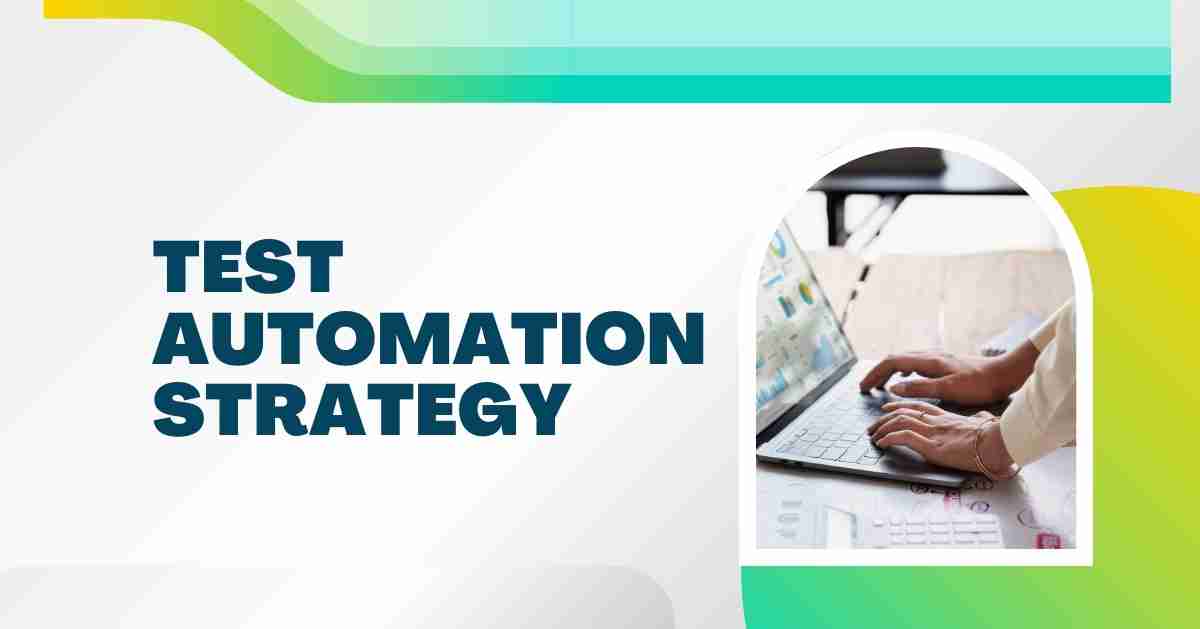How to Align Your Test Automation Strategy with Business Goals

Effective test automation isn’t just about running scripts or saving time; it’s about driving real value for your business. A well-aligned test automation strategy ensures that every effort contributes to your company’s overarching goals, whether that’s improving customer experience, reducing time to market, or increasing efficiency.
Start with a Clear Understanding of Business Goals
Are you aiming to launch products faster? Improve software quality? Reduce costs? Each of these objectives will shape how you approach developing your test automation strategy. For example, if your goal is faster delivery, your focus might be on automating high-risk areas to speed up testing cycles. If quality is the priority, your efforts should ensure thorough coverage and defect prevention.
Identify the Right Areas to Automate
Not all tests are worth automating. Aligning with business objectives means prioritizing the areas that provide the most impact. To decide where to focus, consider the following:
- Repetitive tasks – Free up manual testers by automating routine, repetitive processes.
- Critical functionalities – Focus on features or processes that directly impact users or revenue.
- High-risk areas – Automate tests for sections of your system that are prone to bugs.
- Frequent updates – Target areas that see regular changes to ensure quick, consistent testing.
By choosing these key areas, you’ll ensure that your automation strategy delivers maximum value for the business.
Choose the Right Tools for the Job
The tools you select will play a significant role in how well your automation strategy supports business goals. Look for tools that align with your team’s technical expertise, integrate with existing systems, and offer scalability. For example:
- Ease of use – Can non-developers contribute, or is deep programming knowledge required?
- Cross-platform support – Will the tool work for all devices and browsers your users rely on?
- Integration capabilities – Does it integrate with CI/CD pipelines, bug trackers, and project management tools?
Investing in the right tools reduces friction and allows your team to focus on delivering value rather than wrestling with technology.
Set Clear Metrics for Success
To align automation with business goals, you need measurable outcomes. Metrics will help you evaluate whether your strategy is working and identify areas for improvement. Examples include:
- Test coverage – How much of the code or functionality is being tested?
- Defect detection rates – Are critical defects being caught earlier?
- Execution speed – Has automation reduced the time required for testing cycles?
- ROI – Are you saving time and costs compared to manual testing?
Regularly tracking and sharing these metrics with stakeholders ensures everyone understands the impact of test automation on broader business objectives.
Foster Collaboration Across Teams
Test automation doesn’t operate in a vacuum. It requires input from developers, testers, product managers, and even business leaders. Collaborative efforts ensure that your automation strategy remains aligned with business goals. Encourage cross-team communication to:
- Identify high-priority areas that impact business objectives.
- Develop automation scripts that reflect real-world user behavior.
- Continuously adapt the automation strategy as business needs evolve.
A collaborative approach not only improves alignment but also creates a shared sense of ownership in the success of the strategy.
Keep Scalability in Mind
Business goals aren’t static—they evolve as the company grows. Your test automation strategy should be flexible enough to scale with these changes. As you implement automation, think ahead:
- Will the tools you’re using handle larger test suites or additional platforms?
- Are your scripts robust enough to adapt to new requirements?
- Can your team easily onboard new members or contributors to the automation process?
Scalable strategies future-proof your efforts, ensuring long-term alignment with business objectives.
Regularly Evaluate and Adapt
Even the best automation strategies need periodic evaluation. Business goals can shift due to market conditions, customer feedback, or internal priorities. Schedule regular reviews to ensure your test automation remains aligned with these changes. Key questions to ask include:
- Are we still automating the right areas?
- Do the metrics show consistent improvement in quality, speed, or cost-efficiency?
- Have new business priorities emerged that require adjustments?
By staying agile, your automation efforts will remain relevant and impactful.
Highlight the Value to Stakeholders
To maintain support for your automation efforts, you need to showcase results. Share data and insights that directly tie automation outcomes to business goals. For example:
- Highlight how defect detection has reduced costly production issues.
- Show how faster test cycles have enabled quicker product launches.
- Provide examples of improved user experiences due to higher-quality releases.
When stakeholders see the tangible benefits of automation, they’re more likely to invest in its continued development.
The Big Picture
Test automation is more than a technical task; it’s a strategic initiative that can drive significant business value when properly aligned. By keeping your focus on business objectives, prioritizing impactful areas, and fostering collaboration, your automation strategy can evolve into a true asset for your company.
